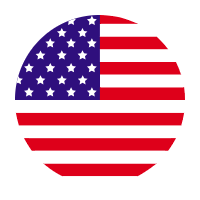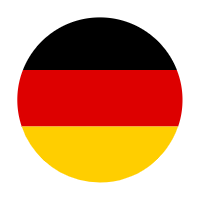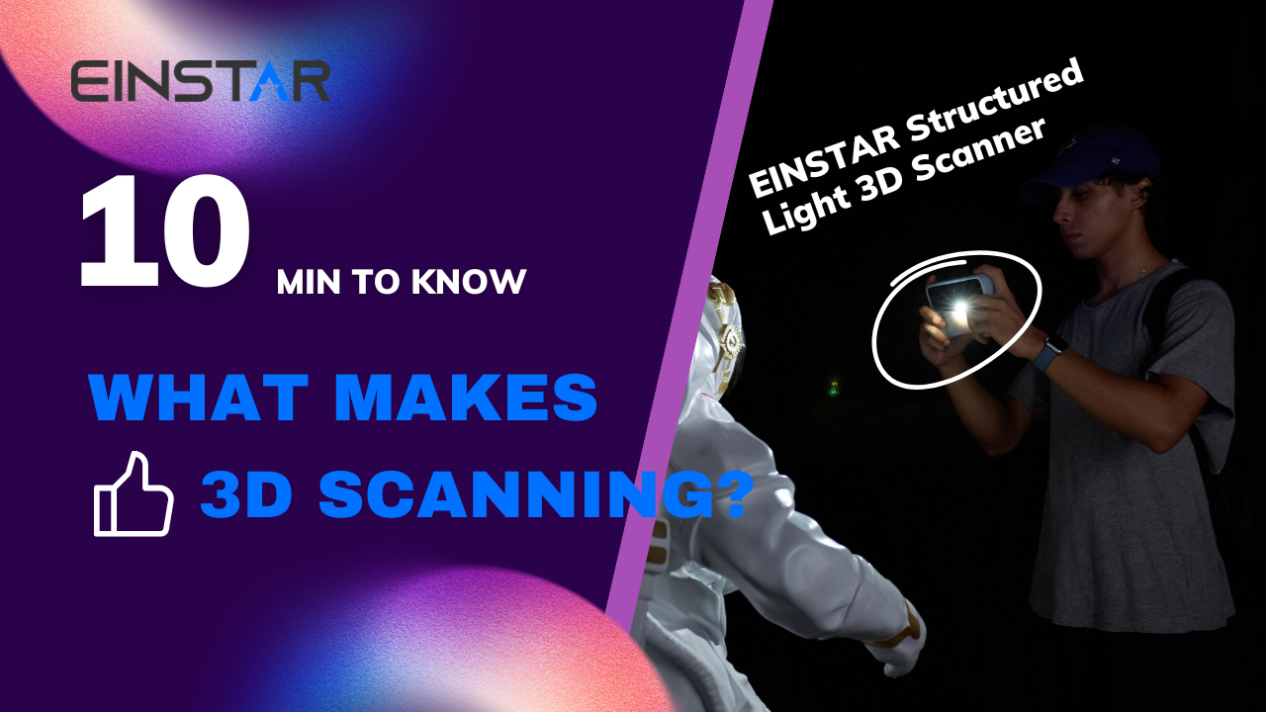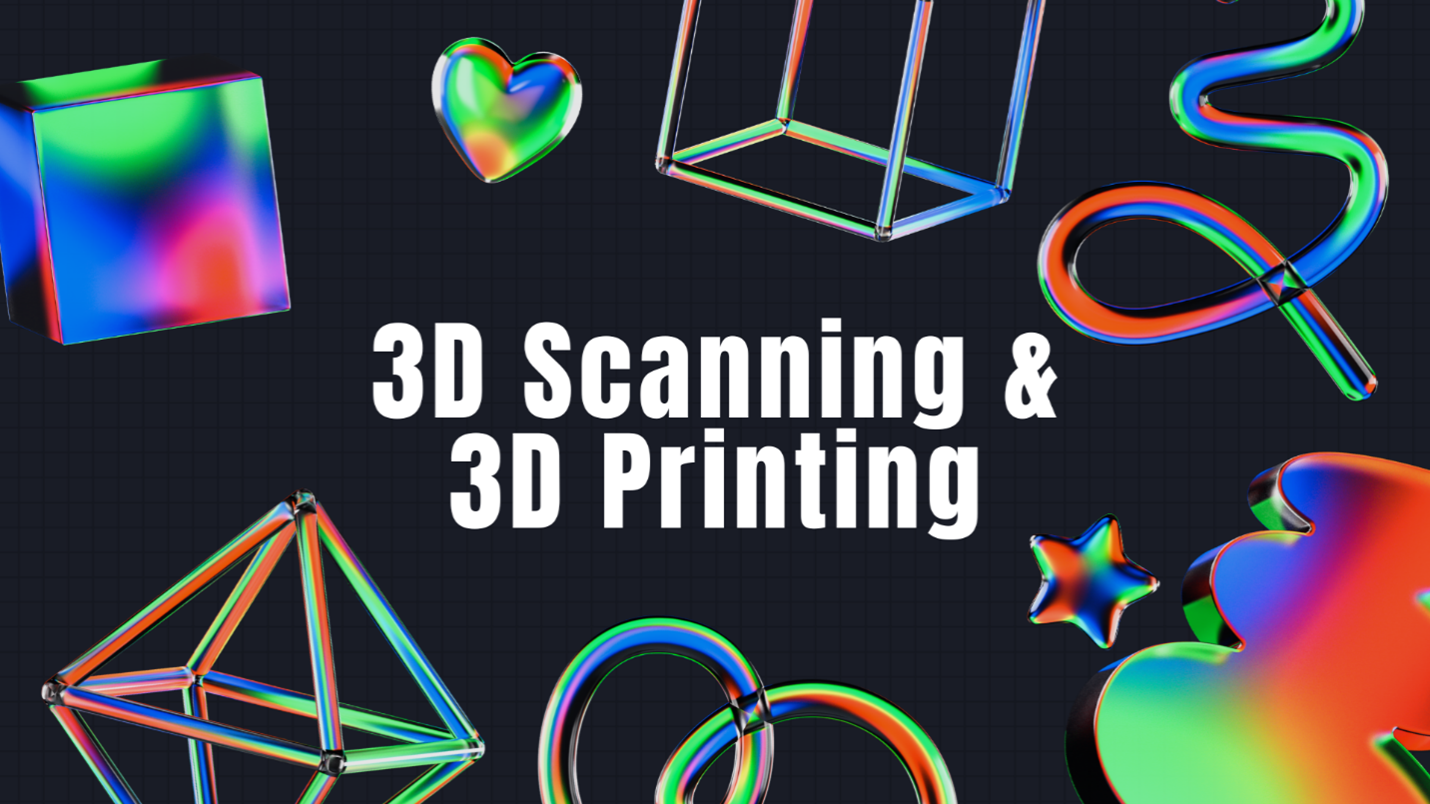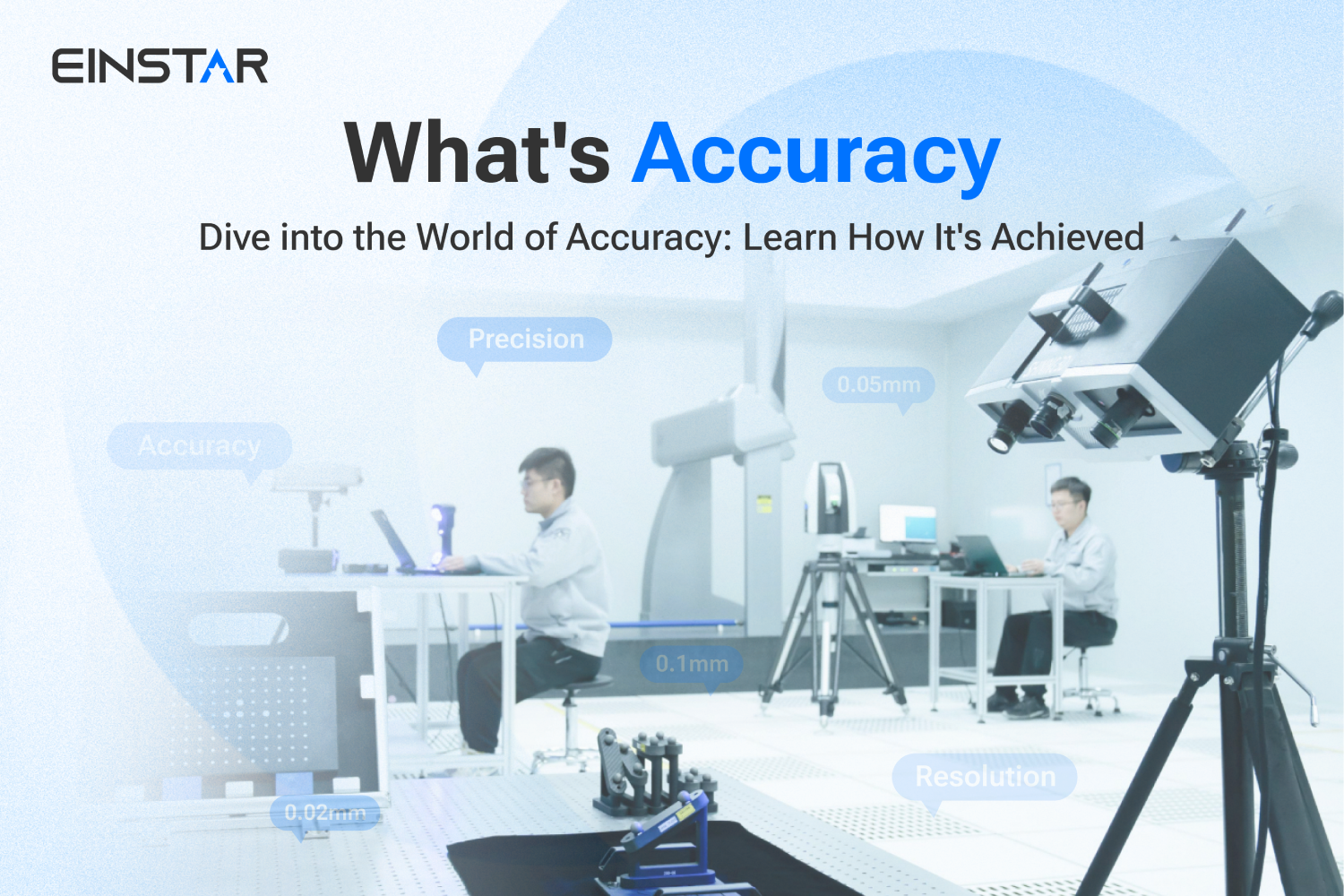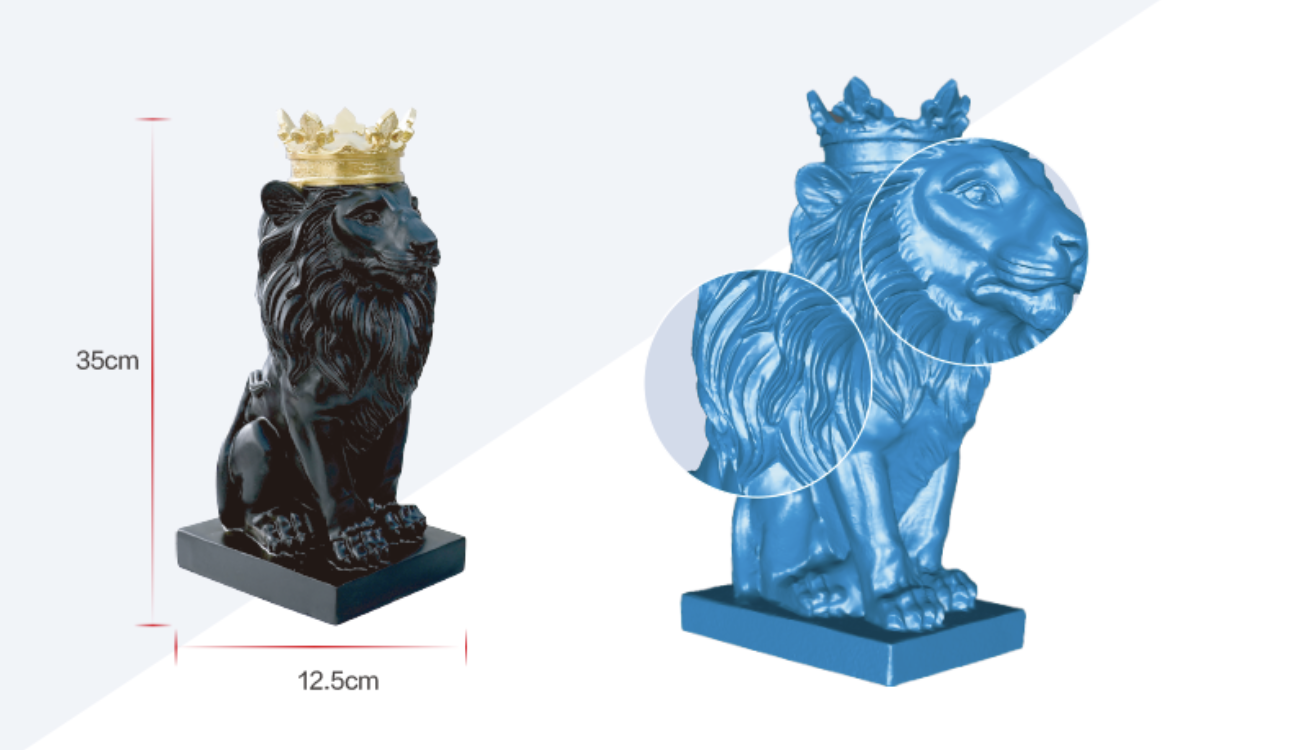How to 3D Scan Dark and Shiny Objects with EINSTAR 3D Scanner?
In this blog, we will specify why these feature-rich objects are hard to scan, and present some tips that our EINSTAR 3D scanners users can follow to get the optimal results.
Troubleshooting Common 3D Scanning Issues with Structured Light 3D Scanner
This blog explores the factors that will influence and how to improve 3D scanning results using EINSTAR 3D structured light 3D scanner.
3D Printing and 3D Scanning: How to Scan an Object for 3D Printing?
This blog explores how 3D scanning facilitates 3D printing. We provide a step-by-step manual guide on 3D scanning an object to 3D print.
Dive into the World of Accuracy: Learn How It's Achieved
Many entry-level 3D scanners claim an accuracy of 0.02mm, 0.05mm, 0.1mm. However, it’s important to understand that single-frame accuracy is not the correct parameter to measure the accuracy of handheld scanners. Instead, volumetric accuracy should be considered. It is advisable to opt for products certified by professional accuracy laboratories.
EINSTAR, from Shining 3D, holds CNAS accreditation and ISO 17025 laboratory certification, leading the way in high-accuracy technology. Our laboratory aligns with the VDI/VDE 2634 metrological standard, demonstrating exceptional industry authority. The accuracy of SHINING 3D scanners is ensured through rigorous certification processes, including cross-validation with leading laser tracking systems.
Accuracy assessment involves scanning and measuring seven Ball bar standards in various directions to evaluate measurement errors. Product quality is ensured by applying the highest standards in the 3D scanning field across all aspects of development.
In practical applications, accuracy is crucial for industrial purposes like quality inspection but may be less critical for visual applications such as data archiving or virtual displays. For example, EINSTAR is suitable for applications like making Halloween masks, where a certain level of detail is required but not the high precision needed for industrial inspections.
In summary, for most entry-level applications, resolution might be more important than accuracy. EINSTAR provides high-quality scanning data verified by accredited accuracy laboratories, ensuring an exceptional scanning experience with professionalism and rigor.
The Accuracy of Einstar: What You Really Need to Know


